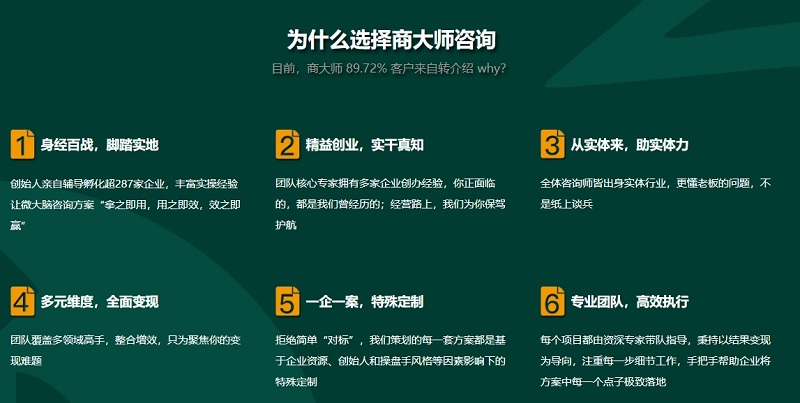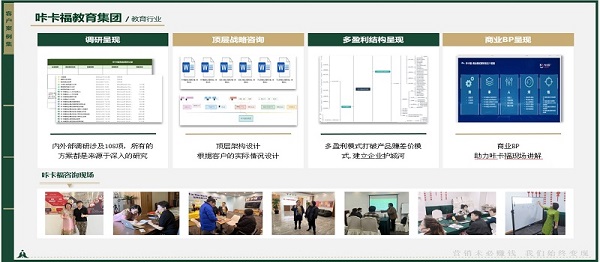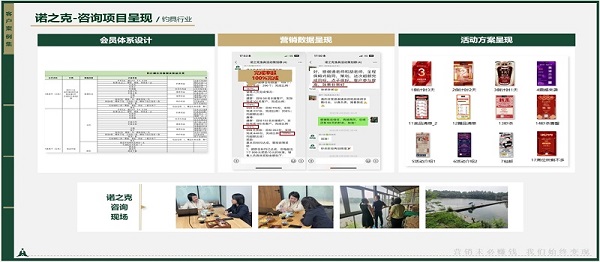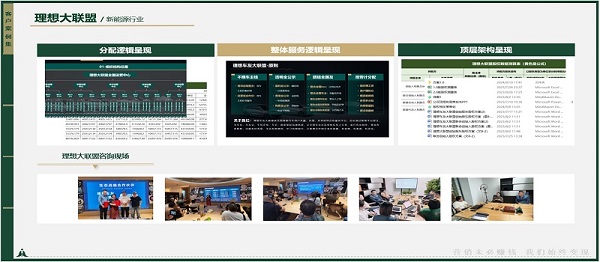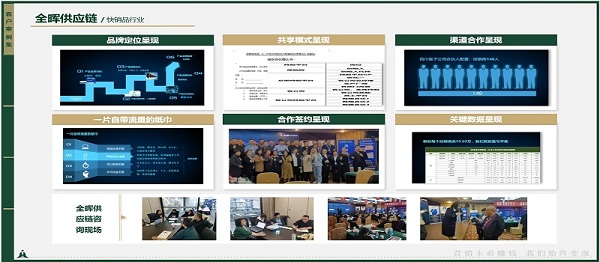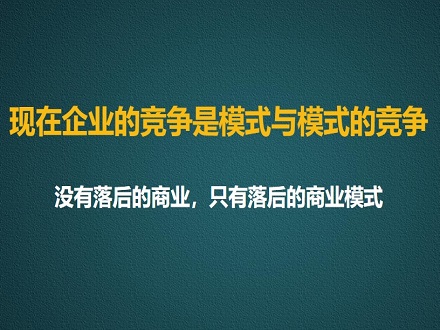品牌战略的核心构成
Brand strategy is a comprehensive system that integrates multiple dimensions to shape a brand's long-term competitive advantage. First, brand positioning is the cornerstone, clarifying the target audience and differentiated value propositions. Second, core values and brand personality determine the tone of communication and emotional connection with users. Third, visual identity systems (including logos, colors, fonts, etc.) and verbal expressions (slogans, brand stories) form the external perception. Fourth, multi-channel communication strategies and user experience design ensure consistency across touchpoints. Finally, dynamic monitoring and optimization mechanisms are essential to adapt to market changes.

品牌定位的深度解析
Accurate positioning requires in-depth market segmentation and competitor analysis. Through data mining of consumer behavior patterns and psychological needs, brands can identify unmet market gaps. For example, Tesla's positioning in the premium intelligent electric vehicle market combines technological innovation with environmental values, creating a unique cognitive anchor in users' minds.

价值传递的立体架构
The brand value pyramid should encompass functional benefits (product performance), emotional resonance (user experience), and social significance (cultural values). Nike's "Just Do It" not only emphasizes product functionality but also constructs a spiritual symbol of challenging limits, forming a three-dimensional value delivery system through athlete endorsements, community operations, and cultural marketing.
体验经济的品牌实践
In the experience economy era, brands need to design omnichannel touchpoints. Starbucks' Third Place strategy integrates spatial design, customized services, and membership systems to transform coffee consumption into a lifestyle experience. This requires cross-departmental collaboration from product development to after-sales service to ensure consistency in brand promises.

数字化时代的战略迭代
With the rise of meta-universes and AI technology, brand strategy is undergoing revolutionary changes. Virtual brand ambassadors and AI personalized services are becoming new differentiators. However, the core remains balancing innovation with brand consistency, such as Louis Vuitton's NFT projects that maintain luxury attributes while exploring digital art frontiers.
战略评估的量化模型
Modern brand valuation systems incorporate brand awareness, consideration rate, loyalty index, and social media engagement. Advanced enterprises use marketing mix modeling (MMM) to quantify the ROI of brand investments. P&G's brand portfolio management model demonstrates how to allocate resources scientifically across different lifecycle stages.
品牌定位与市场变化的动态平衡
Successful brands establish core positioning while maintaining strategic flexibility. Unilever's "Sustainable Living" plan evolved from a CSR project to a core brand strategy, demonstrating how to maintain positioning stability while iterating implementation methods. The key is distinguishing between immutable brand essence and adaptable expression forms.
全球化与本土化的战略张力
McDonald's maintains 70% standardized operations globally while allowing 30% localization innovation. This "glocalization" strategy requires establishing a global brand framework and empowering local teams. The challenge lies in balancing brand consistency with cultural relevance, as seen in KFC's soybean paste fried chicken tailored for the Chinese market.
品牌资产的长效管理机制
Effective brand asset management requires establishing a cross-functional governance committee. Coca-Cola's brand equity management system includes strict visual identity guidelines, trademark protection strategies, and crisis response mechanisms. Digital asset management (DAM) systems and AI monitoring tools have become essential infrastructure.
新兴技术对品牌架构的重构
Blockchain technology is enabling new brand-consumer relationships. For instance, Nike's CryptoKicks NFT project creates digital product passports. AI-driven dynamic brand systems can automatically adjust visual elements and communication content based on real-time data, but require setting ethical boundaries to protect brand authenticity.
组织文化与品牌战略的协同进化
Google's "10x thinking" innovation culture directly fuels its brand promise of technological leadership. Enterprises need to internalize brand values into employee behavior guidelines and performance metrics. Zappos' customer-centric culture demonstrates how organizational DNsupports brand differentiation, requiring continuous cultural audits and incentive system optimization.

